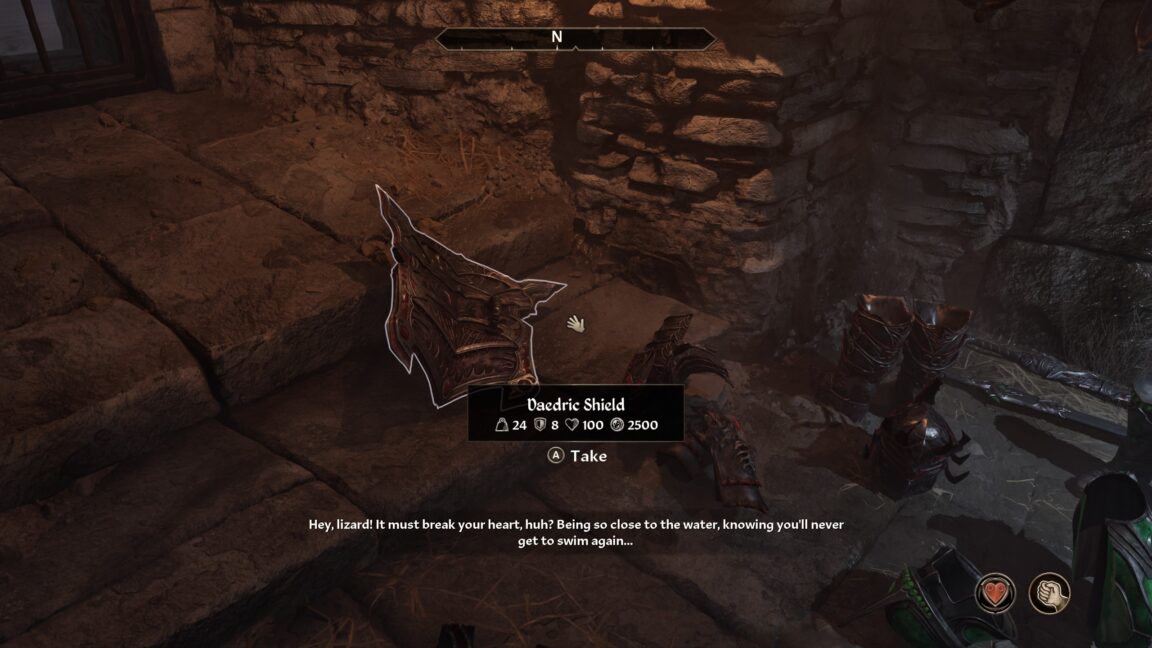Kiel, Germany – The largest evacuation in a decade in the northern German city of Kiel concluded Wednesday as bomb disposal experts began the delicate process of defusing a 550-pound unexploded World War II-era bomb. The operation, initially slated to begin at noon local time, faced delays, with authorities confirming the start of defusing efforts at approximately 2 p.m. after a thorough sweep of the affected area.
According to police, the evacuation of the Dietrichsdorf district was hampered by residents who initially failed to heed warnings. “Until 2 p.m.civil servants adn the fire brigade checked weather there are still people in the blocking area,” police said. Drones were deployed to assist in the final search, ensuring that the area was clear before the ordnance team commenced their work.
The discovery of the British-made bomb occurred during routine exploratory work near Johannisburger Strasse, prompting the establishment of a roughly 3,300-foot exclusion zone.“According to the ordnance clearing service, the bomb is in good condition as a whole,” a police spokesperson said.Though, authorities said that a “planned partial blast” might potentially be necessary.
The evacuation impacted more than 11,500 residents, nearly the entire Dietrichsdorf district. “According to the city, there are more people than ever in the past ten years,” police reported. The scale of the operation is believed to be unparalleled in the history of bomb defusals in Schleswig-Holstein, though authorities concede that precise historical statistics are unavailable.
The Kiel incident underscores the ongoing challenge faced by many European cities still grappling with the remnants of wartime ordnance. Germany alone is estimated to have thousands of unexploded bombs still buried beneath its soil, requiring constant vigilance and costly disposal operations. Just last year, in Frankfurt, a similar evacuation was carried out to defuse a larger bomb, highlighting the frequency of such events.
the evacuation included the relocation of approximately 50 residents from the “Schwentinlick” nursing home on Schönkirchener Strasse. According to police, the evacuation process was “easy,” with patient transports facilitating the safe transfer of residents.
Emergency accommodations were established at the Ellerbek school on Klausdorfer Weg for those unable to find option lodging. The city reported that about 160 people took refuge at the school, which happened to be closed for Easter holidays.
While several roads were closed, the B502 and Heikendorfer Weg remained passable for motorists traveling to the east bank, but with restrictions. Police stated that “Car travelers can still drive the B502 and Heikendorfer Weg to the east bank in both directions. Though, this only applies to closed vehicles – so it does not apply to convertibles or motorcycles. In addition, it is not allowed in the area to leave the vehicle or stay in the area for longer, the police said after adequate examination of the ordnance clearance service.”
the Kiel incident raises complex questions about the balance between public safety and individual property rights. While authorities prioritize the safety of residents, some argue that mandatory evacuations infringe upon personal liberties. Though, courts have generally upheld the legality of such measures, citing the overriding need to protect the community from the potentially catastrophic consequences of an unexploded bomb.
FAQ: Unexploded ordnance (UXO) Events
Q: What should I do if I suspect there’s an unexploded bomb near me?
A: Immediately contact your local police or emergency services.Do not attempt to handle or move the object.Maintain a safe distance and follow instructions from authorities.
Q: How common are UXO discoveries in Europe?
A: Relatively common, especially in areas that experienced heavy bombing during World War II. Construction projects and routine land surveys often uncover these hazardous relics.
Q: Why are these bombs still dangerous after so many years?
A: The explosives inside can remain highly unstable even after decades. Movement, temperature changes, or even slight disturbances can trigger a detonation.
Q: How do authorities decide who needs to be evacuated?
A: The size and type of the bomb, its condition, and the density of the surrounding population are all factors. A safety radius is established based on the potential blast zone.
Q: What happens to the bomb after it’s defused?
A: The bomb is typically transported to a secure location where it is either destroyed through controlled detonation or dismantled and its components disposed of safely.








